Connected Display
Typically located on the handlebar, or at the front of the top tube of the frame, the connected display provides important ride and bike status information, including speed, battery charge and miles to go on a charge. Some models, such as the Cannondale Treadwell Neo, enable riders to connect the bike to a smartphone via Bluetooth, using a dedicated app.
Electric Bike Buying Guide
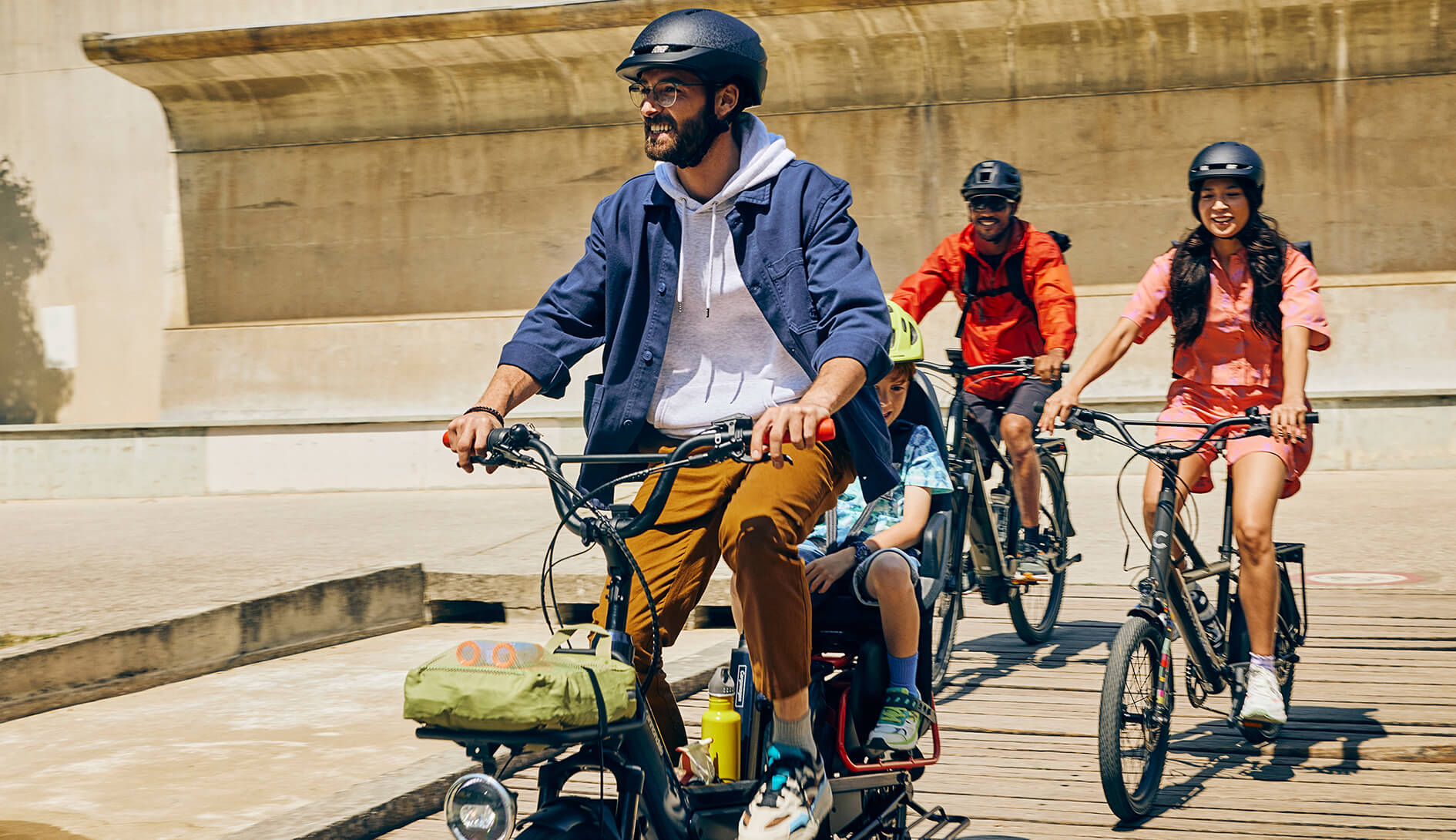
Thinking about buying an electric bike? Read this buyer’s guide first.
Every day, more and more riders discover how electric bicycles can help them see more, do more and have more fun on two wheels. With more than 50 years of experience building some of the world’s most innovative, technologically advanced bicycles, Cannondale is leading the way to an electrified future. Regardless of how and where you ride, there’s a Cannondale electric bike that’s ideal for your journey. This buyer’s guide will help you choose the right e-bike for you and the riding you want to do.
Why go by electric bike?
Regardless of your experience level as a cyclist, there are so many great reasons to ride an electric bike. No matter where you ride, an electric bicycle will enable you to go farther, faster, and easier. Commuters looking to ditch the car will love how an electric city bike gives you the ability to take the long way home while sweating less. And the new breed of e-cargo bikes makes it easier than ever to carry more gear, or even take kids to school – an appealing proposition for those seeking a car-free lifestyle.
Road and off-road riders alike find that electric bicycles help them enjoy the uphills just as much as the downhills, for double the fun. And for fitness riders, electric bikes make every ride faster and better, with added range to discover new places and keep up with friends on group rides.
Bottom line: Riding an electric bike is everything you love about riding bikes, only better.
What are the performance characteristics of electric bikes?
What are the primary considerations when shopping for an electric bike?
What are the different types of electric bikes?
How do I choose the right electric bike for the riding I want to do?
What is an electric bicycle?
With a similar ride feel and handling to traditional, non-powered bikes, electric bicycles use an electric motor to boost the pedaling power of the rider. Typically, the motor will be located either in the rear hub, or mid-frame, near the pedals. High-capacity Lithium-Ion batteries, typically hidden in the downtube of the frame, power the motor. A connected display provides essential ride data, including speed, range, and power level, while a handlebar-mounted controller makes it easy to select the level of motorized assist to best meet your needs.
How electric bikes work.
Electric bikes operate in a very similar manner to traditional bikes, but with the benefit of motorized assist. Once you turn the bike on (typically at the controller or connected display), simply select the appropriate assist mode and start pedaling. When the motor senses your pedaling, it begins to provide assist at a proportional level, based on the assist mode selected. Depending on the class of electric bike (explained in the next section), motorized assist is available up to either 20 mph or 28 mph, at which point the assistance tapers off. Some electric bikes have a throttle that enables the motor to power the bike independent of pedaling.


What are the key performance characteristics of electric bikes?
Range
When you’re shopping for an electric bicycle, you’ll see most models will have a stated maximum range. While this is a good way to compare bikes against each other on the sales floor, it’s important to note that your choices and riding style can significantly impact the actual mileage per charge you receive on any electric bike.
If you’re the type of rider that likes a high level of assistance, or riding hard on big hills, you can expect your battery to require charging more frequently than the manufacturer’s stated range. It's for this exact reason that most Cannondale electric bikes provide an estimate of remaining mileage on the display. The controller monitors battery levels and estimates range based on your settings and riding style, so it’s often a better, more accurate way to understand how far you can go on each battery charge.
All Cannondale electric bikes are designed to deliver more range than is typically needed. Depending on the model, you can expect between 40 and 100 miles per charge, which should be plenty to get you to and from most destinations.

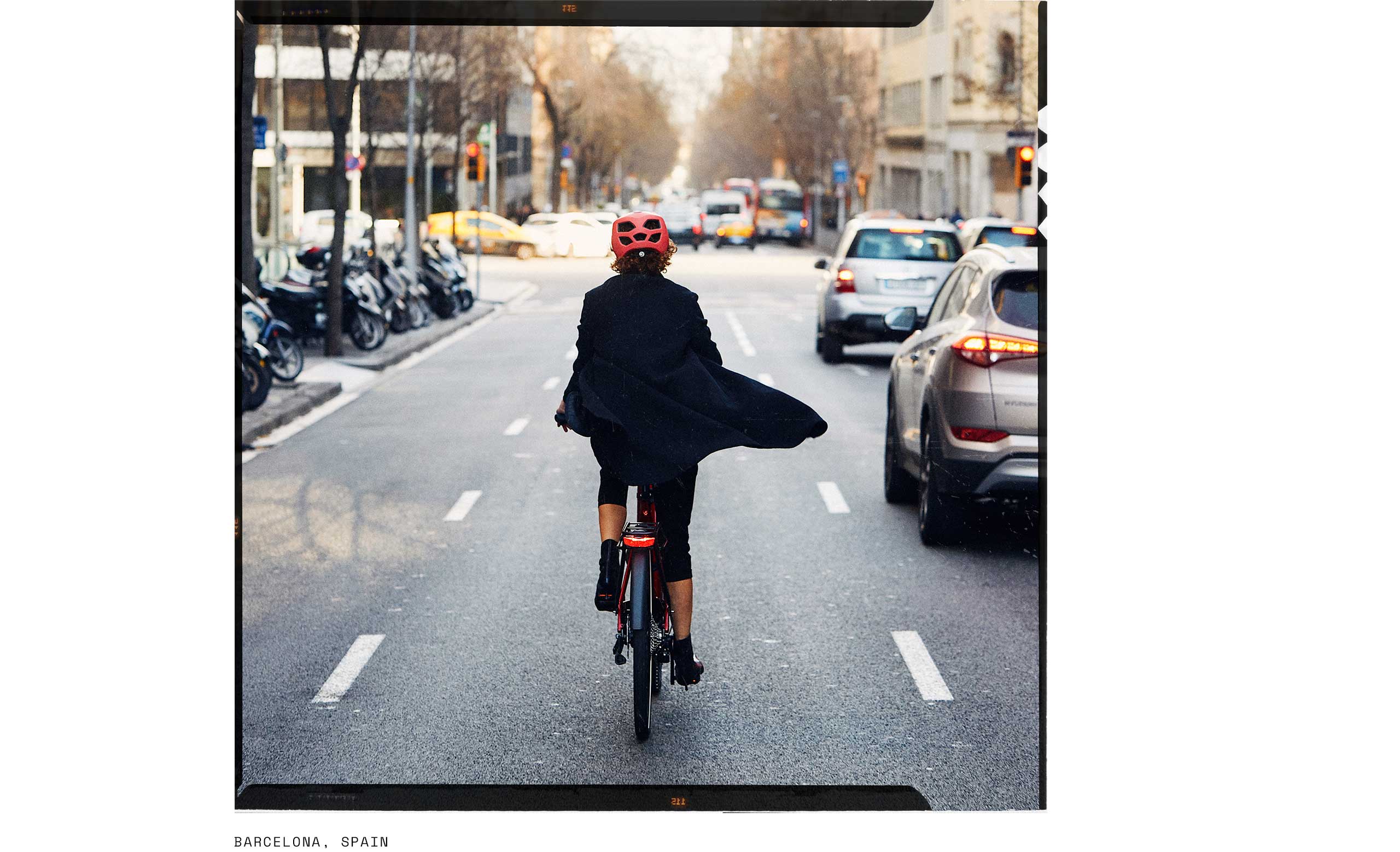
Power/Watts
It’s easy to get a bit lost in the numbers when talking about an electric bicycle’s power. That’s because e-bike ‘power’ is expressed two ways: as a function of the battery capacity (in Watts per hour), and as the motor’s power output (in Watts).


Battery Capacity
The capacity of an electric bike’s battery is similar conceptually to the size of the gas tank on a car or truck, and the output of the bicycle’s motor is similar to the power output of a car’s engine. And much like when driving a vehicle, your choices and the terrain can have a significant impact on the range you’re able to achieve on an electric bike. If you run your electric bike on the maximum power setting all the time and you’re riding in hilly terrain, you can expect to get significantly fewer miles out of each battery charge. On the flip side, if you run on a lower power setting and are riding on relatively flat terrain, you can increase your e-bike’s range considerably.
The Watt/hour rating of an electric bicycle’s battery is matched with the power of the motor to achieve the desired runtime. While some riders think a larger, higher-capacity battery is always better, that’s not necessarily the case, because quite simply, added battery capacity means added weight.
That’s why every Cannondale electric bicycle model has a battery that’s capacity is precisely matched to the needs of the motor system, to deliver an optimized balance of power, handling, feel and runtime.
Weight
Similar to traditional bikes, there’s a wide range of weights for modern electric bicycles, from as light as 25 pounds, to 75 pounds or more in the case of e-cargo bikes. And while some riders make a big deal about having the lightest weight bike possible, the truth is there’s a balance. Buying the electric bike that best meets your specific needs is much more important than having the lightest e-bike.
Realistically speaking, electric bikes are always going to weigh more than their traditional bicycle counterparts. The added weight of the motor, battery, and controller are the primary contributors, but electric bikes also use stronger frames, wheels, brakes, and tires designed to handle the added power and weight. Each of these ‘electric bike specific’ components add a fractional amount of weight as well, however with the benefit of motorized assist, you’ll hardly notice the extra weight.
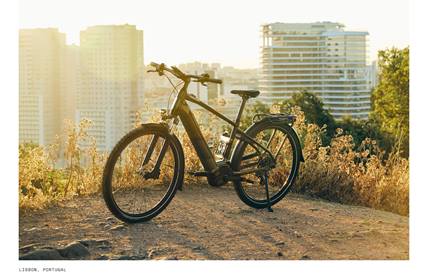

As a result, when compared to a traditional bike of a similar style, moving to an electrified model will add between seven and 20 pounds (or more for some models) to the overall bike weight.
At Cannondale, we leverage our more than five decades of experience building some of the lightest, fastest bicycles in the world when we design our electric bicycle models. Regardless of the type of electric bicycle you’re looking at, you can expect the models from Cannondale to be considerably lighter than other options. And while weight is just one factor in your purchase decision, buying a lighter weight electric bike is something you’ll appreciate every day.
Brakes
Due to their increased speed and weight, electric bikes need to have good brakes. That’s why you’ll find disc brakes on every Cannondale electric bicycle model. Similar to the brakes on a car or motorcycle, disc brakes offer the best combination of power, controllability, and weight.
There are two primary types of disc brakes used on electric bikes: mechanical and hydraulic. This refers to the method used to press the brake pads against the brake rotor to stop the bike. Mechanical disc brakes use a standard brake cable from the brake lever to a lever at the brake caliper, which mechanically pushes the pads against the rotor. Mechanical disc brakes work well and are cost effective, so you’ll typically find them on most entry-level electric bikes.
Hydraulic disc brakes use brake fluid (DOT or mineral oil) pushing against the pistons the brake pads are mounted to, which activates the brake. Because there is very little friction in the system, a hydraulic disc brake can be more powerful, with more ‘feel’ or controllability at the brake lever.
The increased power and modulation make hydraulic disc brakes the natural choice for mid- to high-end electric bikes and are a must have for electric mountain bikes.
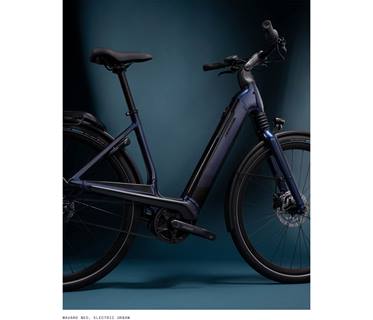
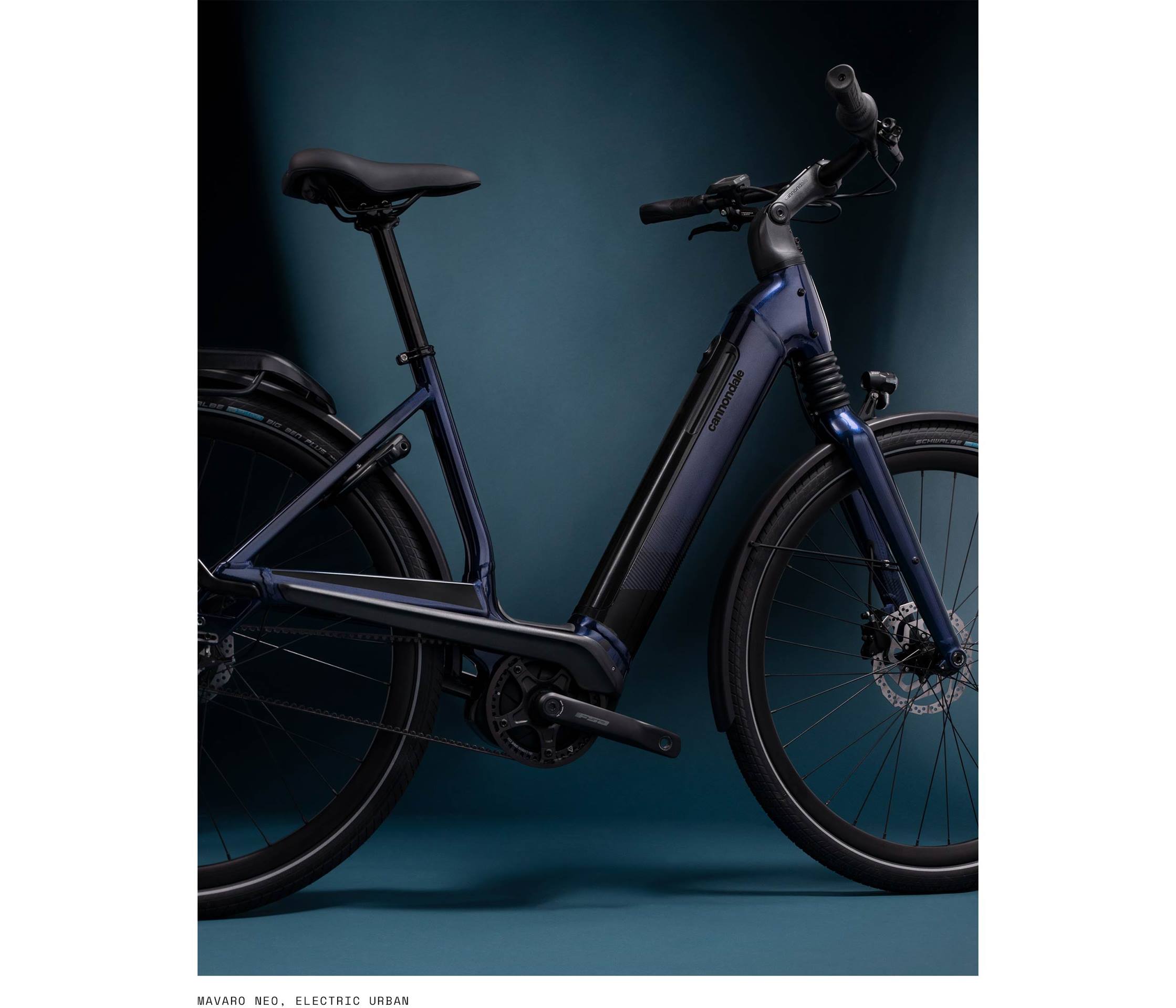
Components
Electric bicycles typically use similar drivetrain and shifting components to their traditional counterparts. Look for drivetrain components from Shimano or SRAM, the world’s two leading manufacturers. Depending on the model, you’ll find both brands’ components throughout Cannondale’s electric bike line.
As you move up in price, the components specified will be lighter and more durable, with additional gears to make the gaps between the gears feel smaller. And at the very high end, you’ll find electronic drivetrain components, which offer the ultimate combination of shifting ease and precision.
Style
The style of electric bicycle you ultimately choose should be one that’s well suited for the riding you want to do with it. Your personal preferences also play an important part in your decision because everyone has a different balance of priorities. What works well for one rider may not necessarily work for you.
We offer many of our electric bicycle models in a choice of traditional diamond-style, or step-through “Remixte” frame styles, so you can choose the frame style that best meets your needs.
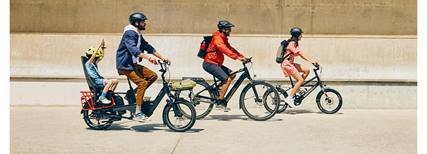
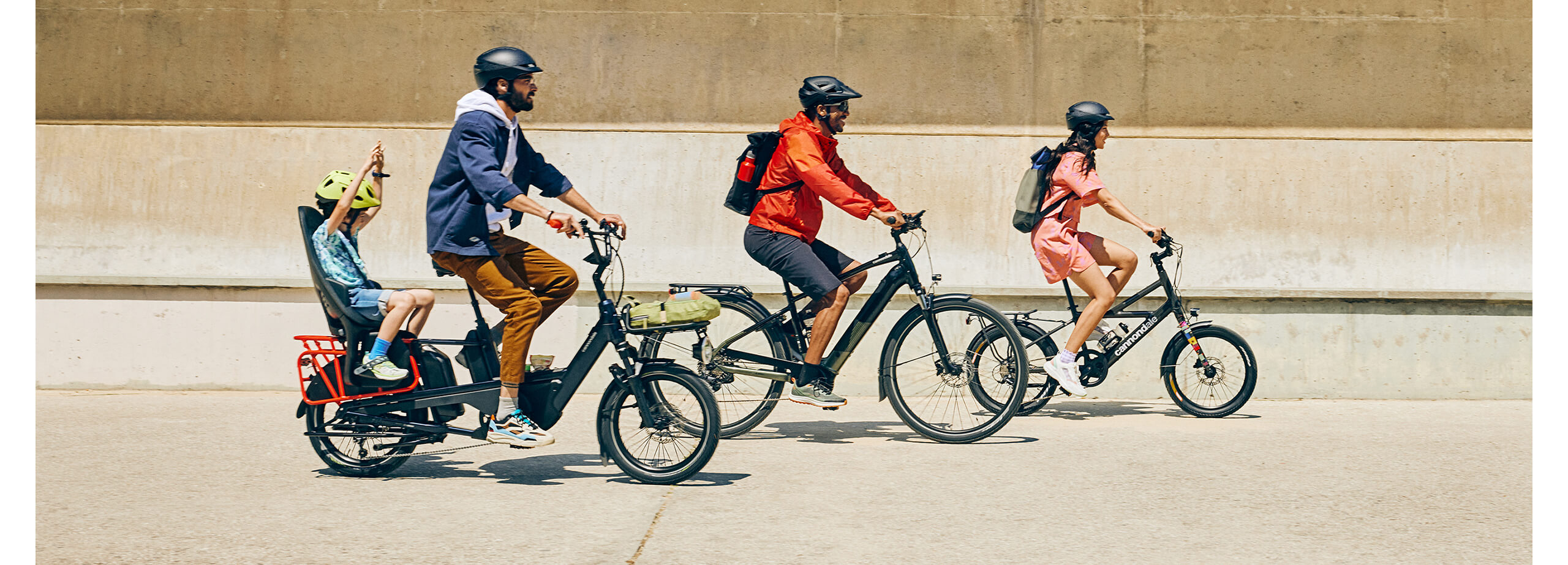
Parts of an electric bike
While electric bicycles often look and feel much like their non-powered counterparts, there are several differences that set e-bikes apart, including the motor, battery, connected display and controller. Each performs a specific task to enable your electric bike to provide motorized assist.
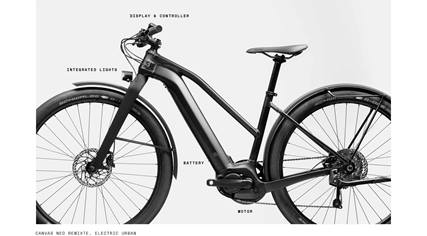

Motor
Most modern electric bicycles feature either a mid-drive or hub-based motor system. Neither motor type is necessarily better nor worse. Rather, the best motor type for you is the one that best meets your needs and the demands of the riding you do.
Mid-drive motor systems, with the motor located centrally on the frame near the pedals, are typically the most efficient and powerful type of electric bicycle motor. It’s easy to spot an electric bike equipped with a mid-drive motor, as the frame must be built to accommodate the motor system and the pedals are attached to the motor. The low, centralized placement of the motor and natural feel of the assistance make mid-drive motors a great choice for high-performance electric mountain and gravel road bikes.
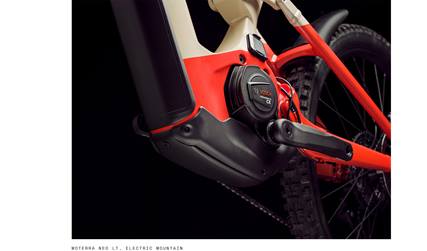
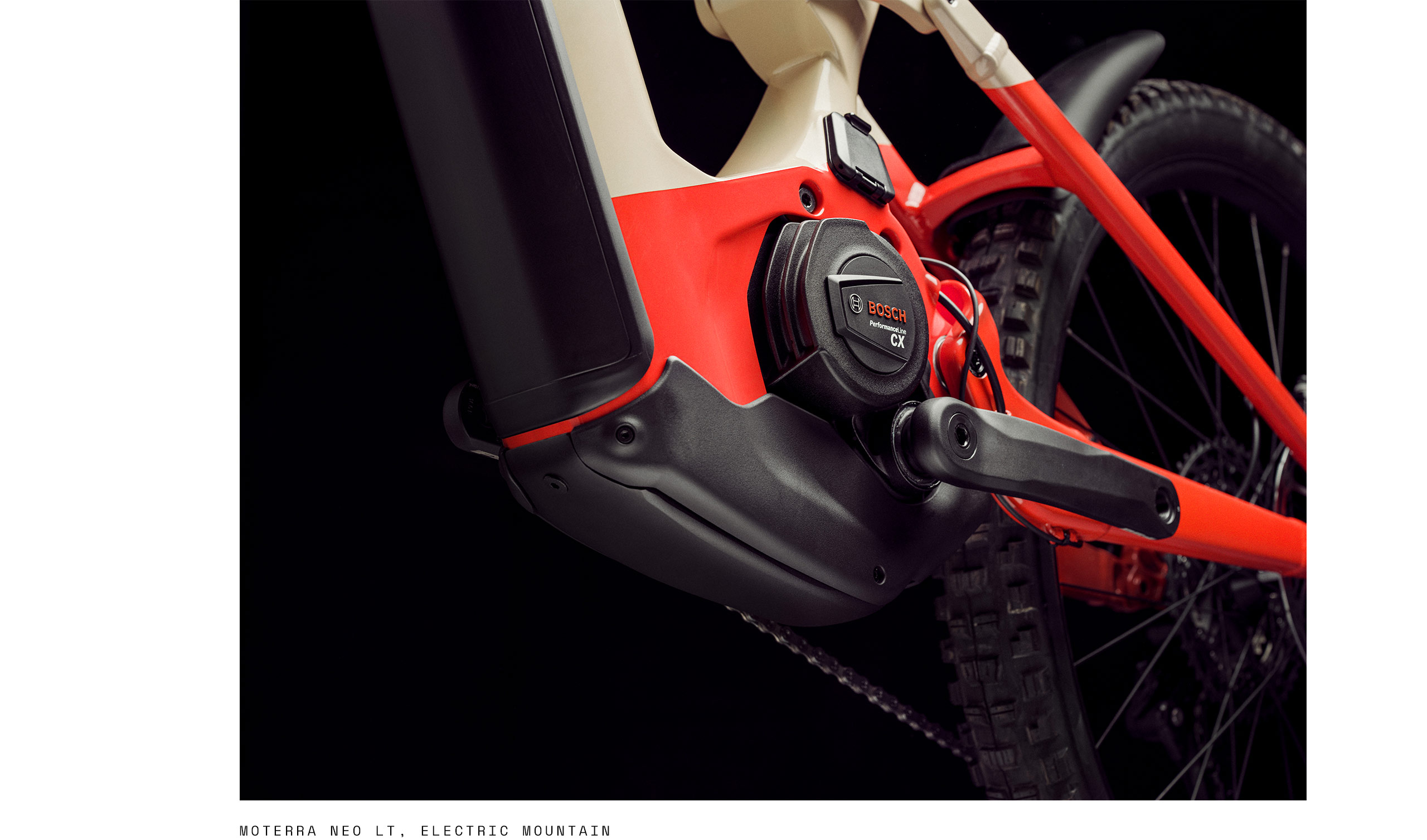
Hub-based motors, with the motor located within either the front or rear wheel, are typically simpler, lighter in weight than mid-drive models, making them a very good option for electric bikes designed for commuting, touring and fitness riding. Electric bikes equipped with hub-based motor systems are often less expensive than those with a mid-drive motor, and recent advances in hub motor technology deliver a more seamless and natural feel to the assistance than earlier generations of hub motors.
Battery
Nearly all modern electric bicycles are powered by rechargeable high-capacity Lithium-Ion battery packs. Often hidden in the downtube of the frame, the batteries come in different capacities, which are expressed in Watts per hour (Wh) measurements. Most e-bikes have batteries in the 250Wh to 750Wh range. Heavier, more powerful electric bikes need higher capacity batteries to ensure sufficient runtime, while lighter, less powerful e-bikes work well with smaller capacity batteries. While some electric bikes feature an integrated battery, others have a removeable battery, which can be swapped out, or charged off the bike. There are even ebikes such as the Cannondale Tesoro and SuperSix EVO Neo that can accommodate a removable battery in addition to the integrated battery meaning you can double the assisted range you can go between charges.
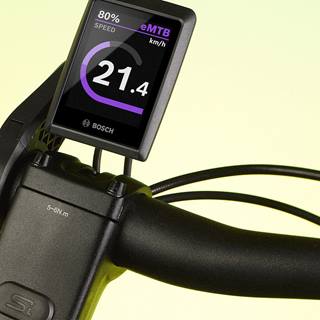
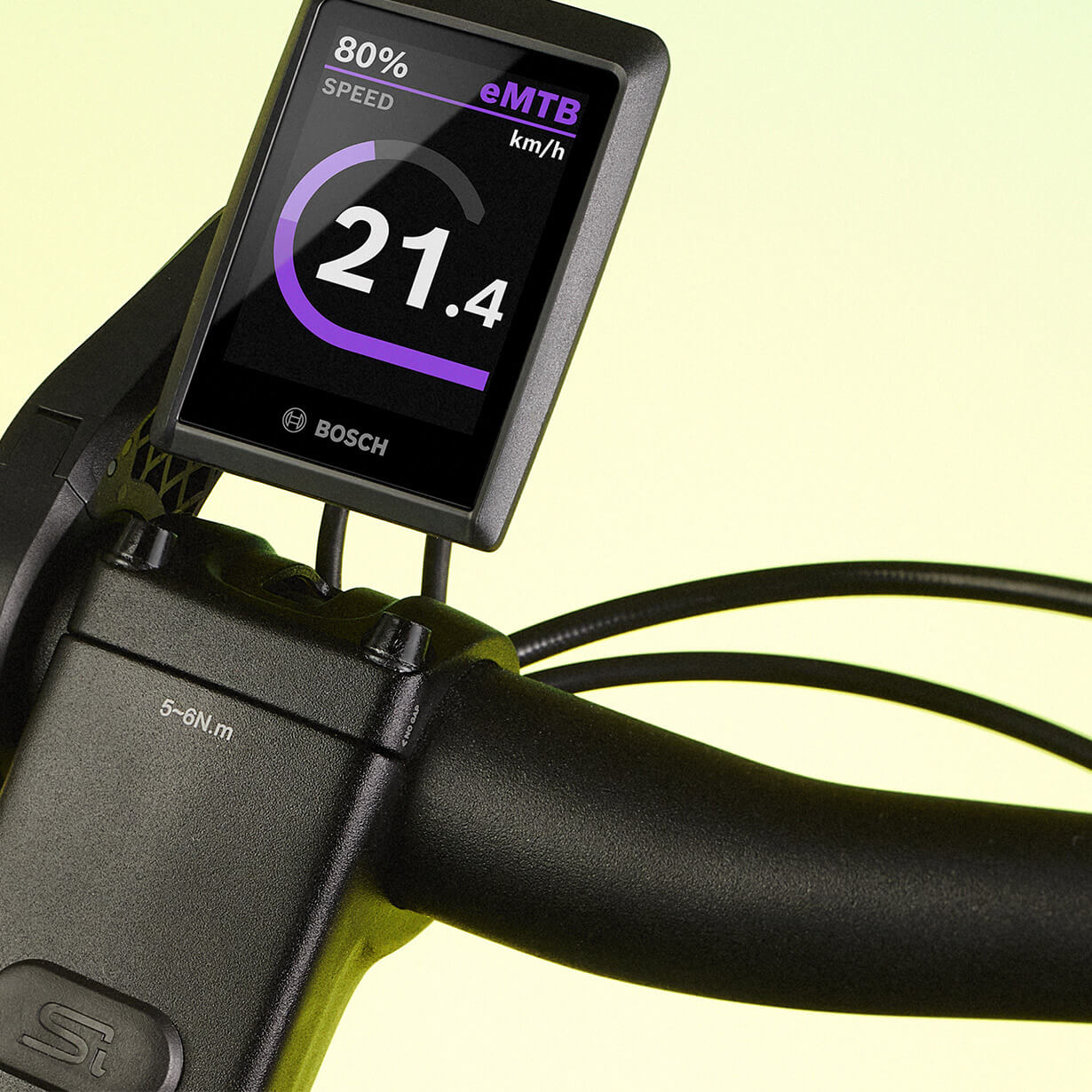
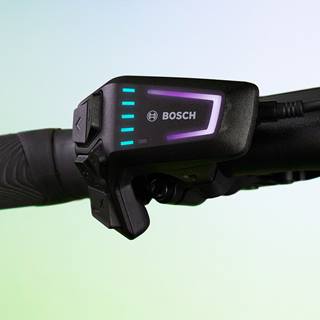

Controller
Located on the left side of the handlebar for easy access on the go, the controller lets you to select the assistance mode that’s best for your current conditions. On some electric bikes, the controller and connected display are combined into one unit, while others feature separate displays and controllers.
Throttle
In addition to pedaling assist, all Class 2 and some Class 3 electric bicycles, such as the Cannondale Mavaro SL, are equipped with a throttle, which enables the motor to provide power without requiring the rider to pedal. Typically, the throttle on an electric bike is either a twist-grip, similar to a motorcycle throttle, or a thumb lever, similar to an ATV or snowmobile throttle.
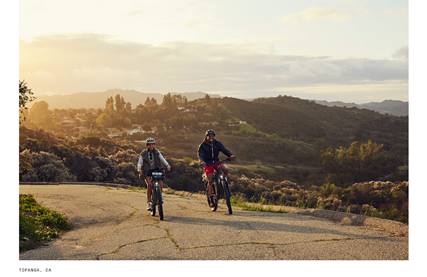
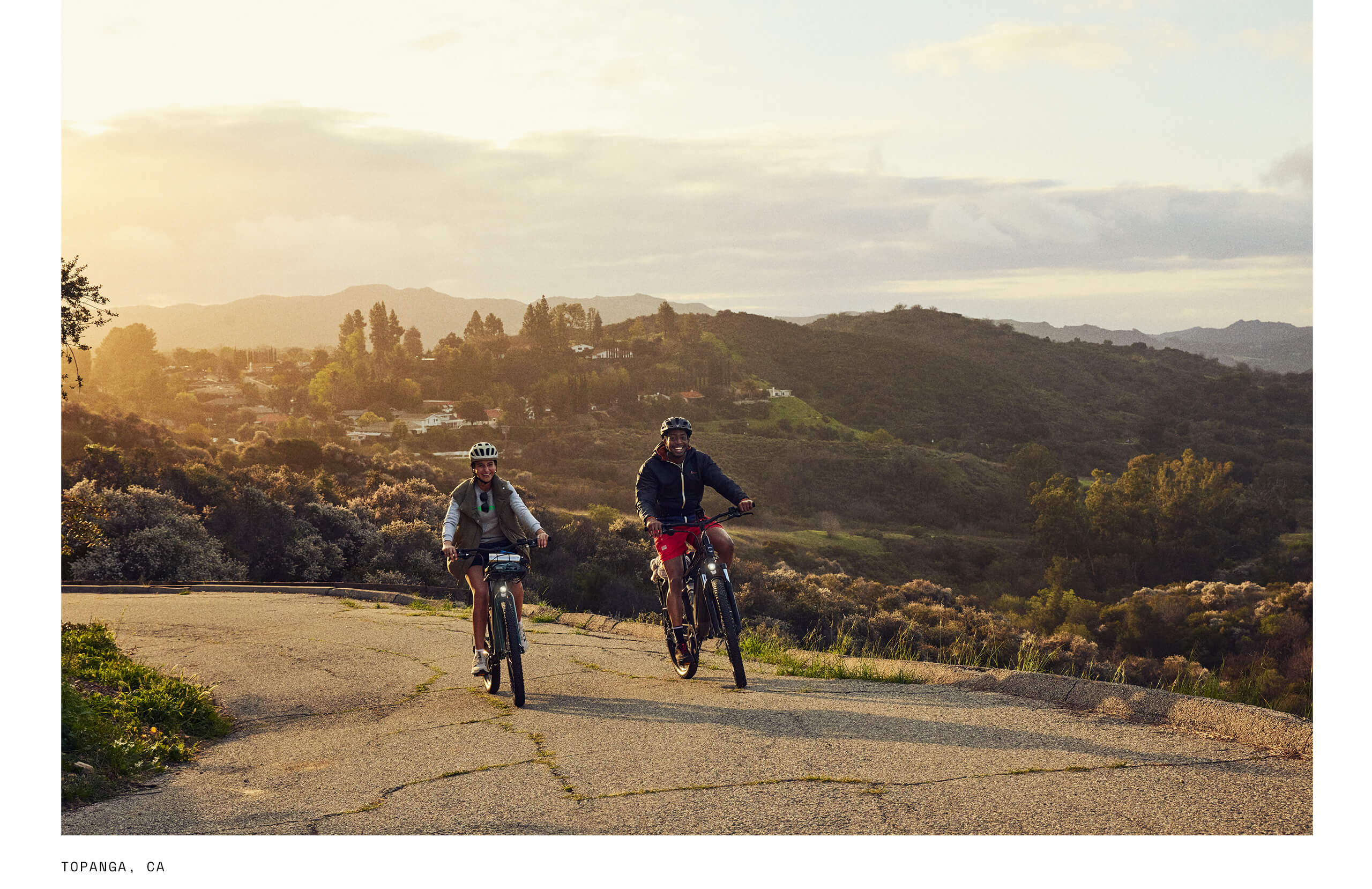
What are the primary considerations when shopping for an electric bike?
Where do you want to ride?
If you’re looking to commute by bike, take to the bike paths, or simply get out, get fit, and have fun, check out an electric city bike. Want to carry lots of cargo? An electric cargo bike is just what you’re looking for. Looking to ride on the road with curly drop-style handlebars? An electric road bike is your chariot of choice. And for those with a never-ending love of singletrack trails, an electric mountain bike is just the ticket.
How much do you want to spend?
While there are some incredibly inexpensive electric bikes on the market, you get what you pay for. The starting price range for a premium quality electric bicycle is around $1,900, and there are options available for more than $10,000. That’s why it’s important to consider your overall budget before you start shopping. As you move up in price, electric bikes become better equipped, with longer range batteries, more efficient motor systems, advanced displays and controllers, and lighter, better performing frames, brakes, and drivetrain components. Regardless of the type of riding you aspire to do, we recommend factoring in the cost of bike gear including a bicycle helmet, cycling shoes and apparel, as well as accessories like a floor pump and other repair/maintenance items into your overall budget.
What will you use the bike for most often?
If you’re like most people, you’re buying one electric bike to cover all of the different types of riding you want to do. Think of what you primarily want to do with the bike, but also consider your aspirational goals. That way, you’ll be able to choose a bike that you can easily live with day-to-day, but that doesn’t hold you back from pursuing your future goals.
If you’re purchasing your new e-bike as one bike in a larger collection of bikes, you can be more specialized in the electric bike you choose. That said, it still pays to carefully consider the role you want your new electric bicycle to play in your life, and purchase accordingly.
Next, we’ll break down the different types of electric bikes and the riding each type is designed for.
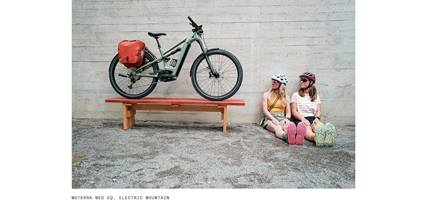
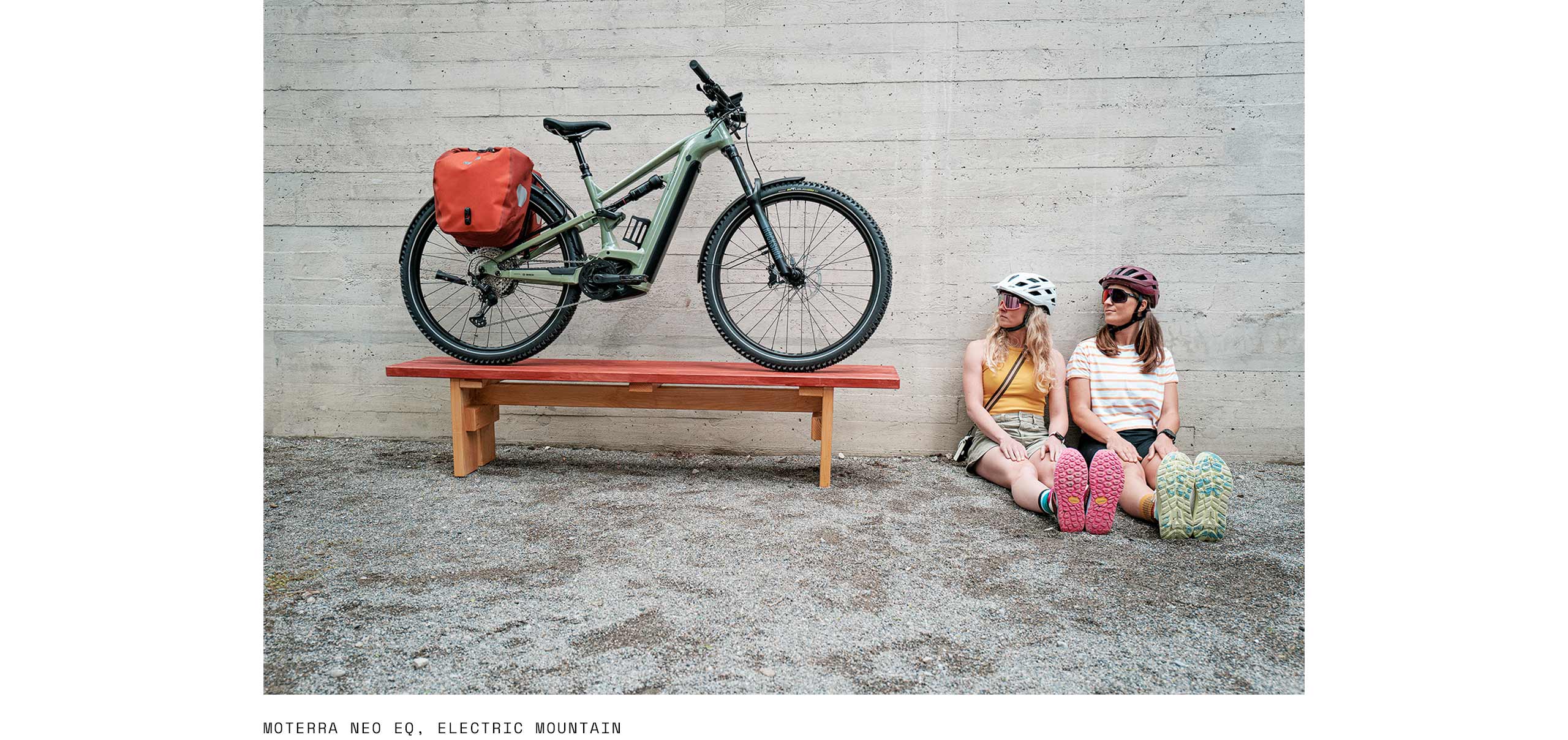
What are the different types of electric bikes?
At Cannondale, virtually every traditional bike model has an electric equivalent, so there are models for any riding you’re looking to do.


When you’re looking to turn every rush hour into a “what a rush!” hour, we’re ready for you with a complete line of electric bikes designed to navigate the urban landscape. Fully equipped with fenders, racks, lights, and a kickstand, you’ll ride with confidence, knowing you’re well prepared regardless of what the city throws at you. Most of our city electric bikes offer a choice of traditional diamond-style frames, or step thru “Remixte” frame styles, so you can choose the style that works best for you.
Commuters looking for maximum speed and comfort should check out our Tesoro X Speed models. Our Mavaro and Tesoro X models are ideal for (sub)urban riders looking for an electric bike to make fitness fun. And Adventure Neo is perhaps our easiest electric bike to ride, with a step-through frame and upright riding position.


When singletrack calls, nothing but a purebred electric mountain bike will do. Built for big days in the mountains, our electric mountain bikes give you the boost to have more fun on the uphills, with long travel suspension to rule the downhills. Powerful mid-drive motor systems ensure optimal weight balance and smooth motor assist, so it’s easier to find the flow in technical singletrack.
Available with a choice of premium carbon or lightweight alloy frames, our Moterra electric mountain bikes deliver compelling performance both up and down the mountain.


When you’re looking to go fast on drop bars, you’re looking for an electric road bike. Designed to place the rider in a more aggressive position for optimal performance and aerodynamics, electric road bikes are the thoroughbreds of the e-bike world.
For paved roads, we offer our Synapse Neo models. Riders interested in going both on and off-road should check out our complete line of alloy and carbon framed Topstone Neo models.
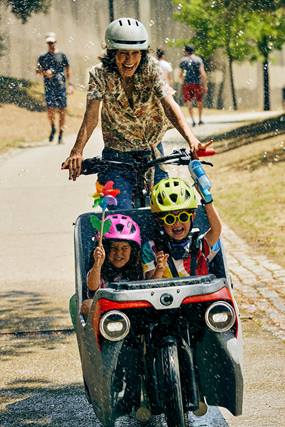

For riders looking to replace a car with an electric cargo bike that can haul whatever you need, from groceries, to sporting equipment, to kids, our Cargowagon Neo long-tail cargo bike is the ideal choice. You’ll never be left wanting for cargo capacity and the powerful electric assist makes getting your load across town easy.
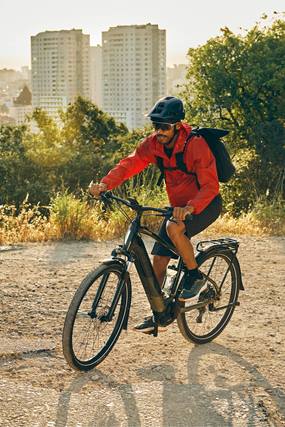
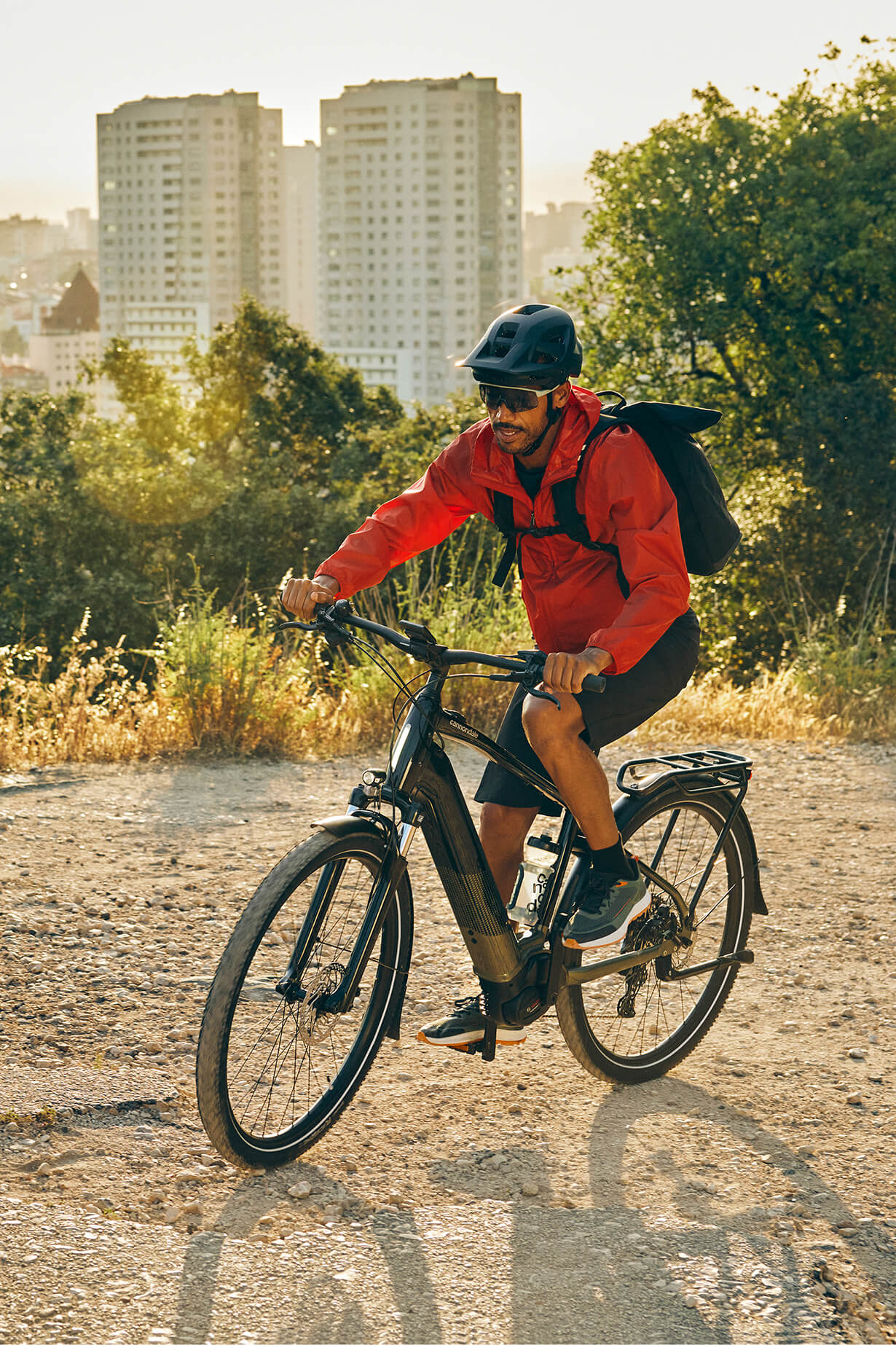
Designed to tackle any highway, road, path, or byway with equal aplomb, our electric touring bikes might be the most versatile e-bikes we offer. Standard fenders, lights and a rear rack give you added visibility, carrying capacity, and peace of mind in any conditions.
Choose from the mid-drive motor equipped Tesoro X, or the rear hub motor equipped Tesoro SL. Regardless of which you choose, you’ll get an electric touring bike that’s ready to go as far as you want to ride.
Matching You With Your New Electric Bike – In Simple Terms?
If you’re looking for an electric bike to ride for fitness and fun, check out our Treadwell Neo models.
If you want an electric mountain bike, check out the Moterra line of long-travel full-suspension eMTBs.
If you want an electric bike for commuting, check out our Tesoro X, Adventure Neo, Canvas Neo, and Treadwell Neo models.
If you’re looking for an electric bike to hit the roads, give our Synapse Neo and Topstone Neo models a good look.
If you’re looking for an electric bike to replace a car and/or carry a lot of cargo, check out our Cargowagen.
If you want an electric bike for bicycle touring, take a look at the Tesoro X and Tesoro SL models.
If you’re looking for an electric bike to ride and keep up with friends, look at the type of bike your friends are riding, then look for a Cannondale electric bike with similar qualities.
If you’re just looking for a boost, but don’t know exactly what type of bike you’re looking for, one of the best things you can do is to head down to your local Cannondale dealer. There, you can test ride a number of different types of e-bikes and consult with experts that can help you make a great decision.
Let's find you a bike.
Still not sure which bike is right for you? Use our bike finder.
Go to bike finderWhat else do I need to get out and ride?
Whether you need the essentials to carry with you on a ride or want to customize your Cannondale electric bike to better meet your needs, we offer a wide range of accessories to get you rolling. Two essential accessories for every e-bike rider include a helmet and quality bike lock, but you’ll also want to equip your electric bike with water bottle cages and bottles, so you can carry water on your rides.

